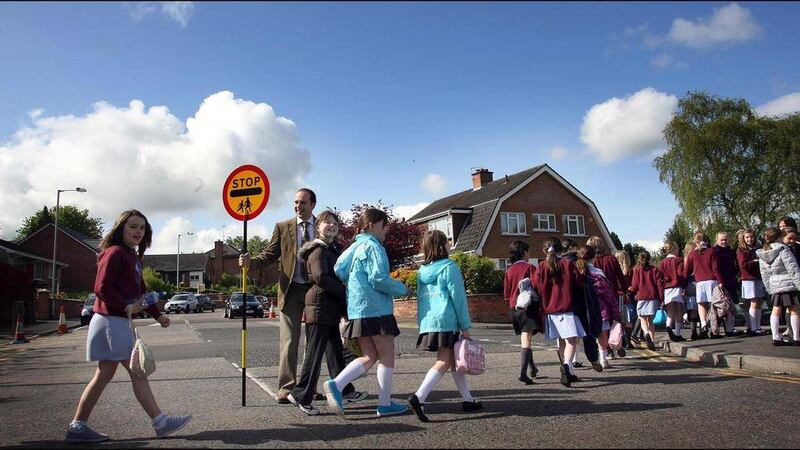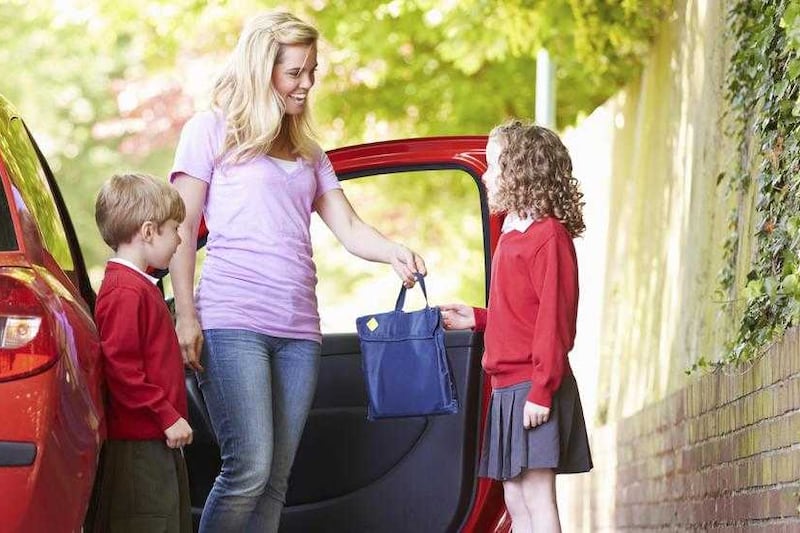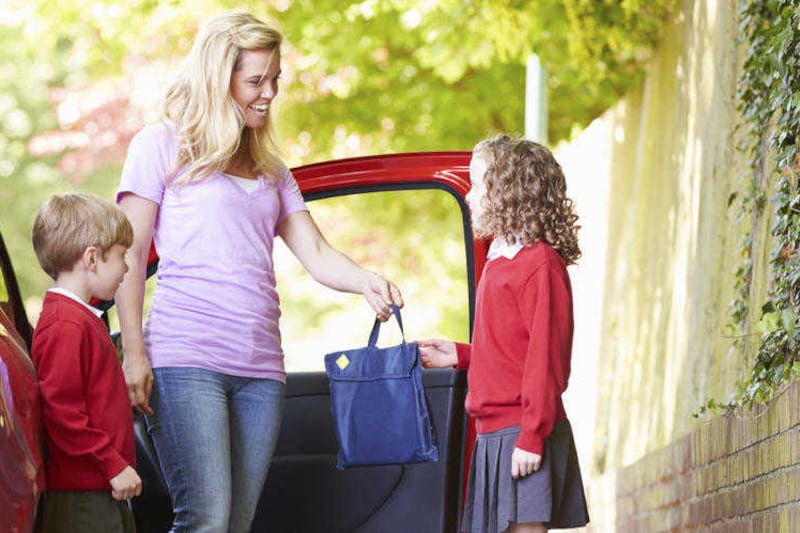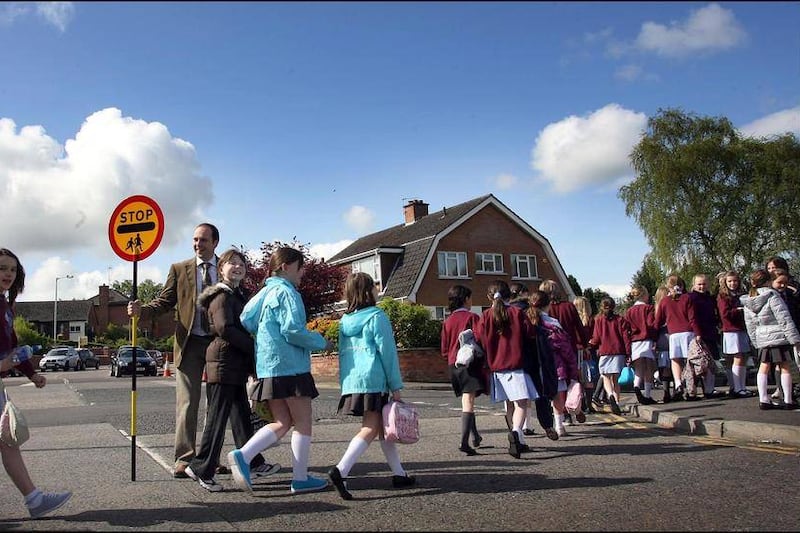TENS of thousands of primary pupils, who live less than one mile from the school gates, are being driven each morning.
With cars remaining the most popular mode of home-to-school transport, there is now a real danger that a key target of the Executive's Programme for Government (PfG) will be missed.
A new report detailing methods of travel to/from school by children in the north was published yesterday.
It revealed that in 2013/14, most primary-age children travelled by car while buses were the most popular mode among those in post-primary.
Almost three-fifths of primary pupils (59 per cent) were driven. A further 31 per cent walked, 10 per cent were bussed while a small number cycled.
Primary pupils in rural areas were more likely to be driven (64 per cent) than those living in urban areas (56) while children in urban areas - Belfast and Derry only - were more
likely to walk (38 compared to 18).
More than half (55 per cent) - about 40,500 - primary pupils who were driven each day lived only 0-1 mile from their school.
Overall, 31 per cent of P1-7s either walked or cycled. This compared with a percentage of 22 for post-primary.
Among post-primary pupils, almost half (46 per cent) took the bus and a further 30 per cent were driven by car. About a fifth walked.
Those in rural areas were more than twice as likely to travel by bus than pupils living in Belfast and Derry - 68 compared to 32 per cent. They were also more likely to be driven by car - 33 per cent compared to 25 per cent in urban areas.
The newly-published statistics will be used to monitor the effectiveness of Travelwise NI initiatives aimed at increasing the proportion of children who travel actively to school and for reporting on the progress of the PfG targets.
TravelwiseNI encourages schools, pupils and parents to investigate the benefits of replacing the daily school run by walking and cycling to school where possible. It asks schools to participate in a range of events including Walk/Cycle to School Week and Walk to School Month.
It is a key PfG commitment to "create the conditions to facilitate at least 36 per cent of primary school pupils and 22 per cent of secondary school pupils to walk or cycle to school as their main mode of transport" by 2015.
While the post-primary target has already been met, the primary goal looks like it will be missed.
Parents who live close to their children's schools but choose to drive told the Irish News that busy country roads, inadequate or no footpaths, and the young age of some children meant walking was not an appropriate option.
Others said they only drove because they dropped their children off to school while on the way to work.





